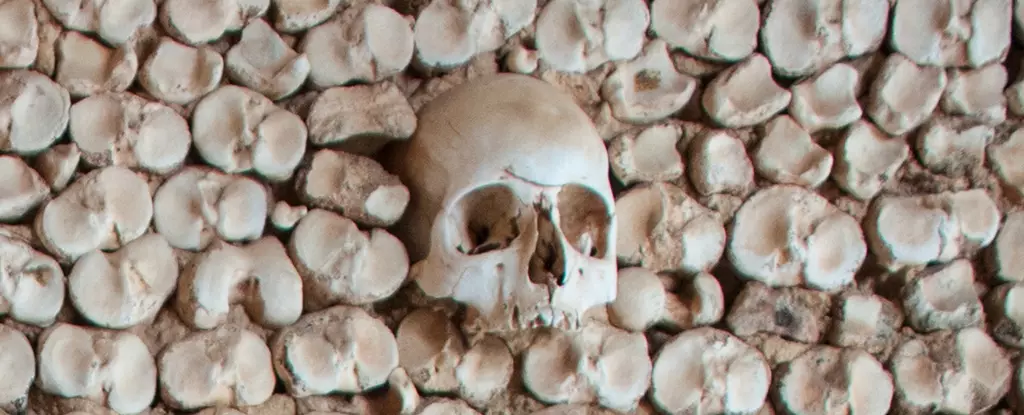The burial customs of early Homo sapiens and their Neanderthal counterparts reveal intriguing insights into the cultural practices of these ancient human species. Emerging approximately 120,000 years ago, both groups commenced the act of burying their dead in the Levant region, suggesting a shared cultural evolution during a critical period of human history. Recent research examining burial sites across this region indicates that these early hominins may have had similar, albeit distinct, approaches to funerary practices. By analyzing 15 Homo sapiens burial sites alongside 17 Neanderthal sites, scholars shed light on patterns of behavior that hint at both cultural contact and competition between the two groups.
The Origins of Burial Practices
The timing and geographical overlaps of these burial practices pose fascinating questions about their origins. The Levant region appears to be a crucible for early human burial traditions, predating both Neanderthal burials in Europe and Homo sapiens in Africa. This chronological lead highlights the Levant as a potential birthplace for systematic burial, suggesting that these populations might have innovated such customs in response to shared ecological and social pressures. The importance of digging and intentional placement of bodies differed between groups, indicating nuanced cultural expressions despite their shared context.
Criteria for Distinguishing Burial Sites
Distinguishing between natural death sites and intentional burials presents methodological challenges for researchers. The exploration of specific indicators such as skeletal positioning, grave goods, and evidence of excavation provides critical insights into the burial practices of both groups. Findings indicated that both Neanderthals and Homo sapiens buried individuals regardless of age; however, cited research suggests that Neanderthals had a higher incidence of infant burials. This could reflect cultural conceptions of death, mourning, or even predation patterns in early societies.
The inclusion of grave goods offers another layer of analysis into burial practices. Both Neanderthals and Homo sapiens incorporated items like small stones, animal bones, and horns, albeit with different emphases. Neanderthals preferred burying their dead deep within cave interiors, utilizing rocks that may have served as primitive grave markers. In contrast, Homo sapiens opted for burial near cave entrances or in rock shelters, often positioning their deceased in a curled fetal position and garnishing their graves with visually appealing items like ochre and shells. This suggests a symbolic elaboration among Homo sapiens that points to a deeper complexity in their relationship with death and memory.
The evolution of burial practices appears to be intimately tied to social dynamics between Neanderthals and Homo sapiens. The findings indicate that as these two groups encroached upon one another’s territories in the Levant, the rise in burial activity could be construed as a cultural response to intensified competition for resources and territory. An intriguing postulate arises: did these burial practices serve a social purpose, reinforcing group identity or delineating territorial claims?
Interestingly, after the extinction of Neanderthals around 50,000 years ago, burial practices in the Levant diminished for thousands of years. This might indicate a profound cultural shift following their disappearance, leading to a cessation of traditional burial customs until the emergence of sedentary societies, like the Natufians, at the end of the Paleolithic era.
The Future of Research in Early Human Burial Practices
The nexus of burial practices among early hominins involves complex interactions between shared traditions and distinctive cultural expressions. As archaeological methodologies advance, future studies focusing on these ancient burial sites may yield deeper insights into social structures, belief systems, and the very essence of what it meant to be human during this transformative era. Understanding how early Homo sapiens and Neanderthals navigated their relationships with death can illuminate the broader narrative of human evolution, serving as a testament not only to our past but also to our enduring quest for meaning in the face of mortality. The archaeological journey into the rituals of our ancestors is far from complete, promising rich narratives for generations to uncover.

Leave a Reply